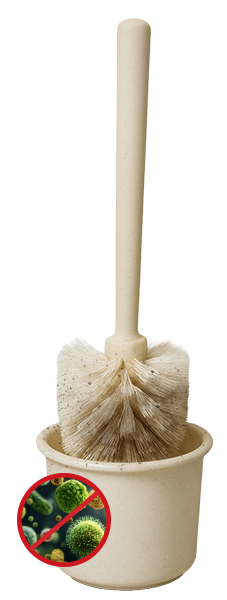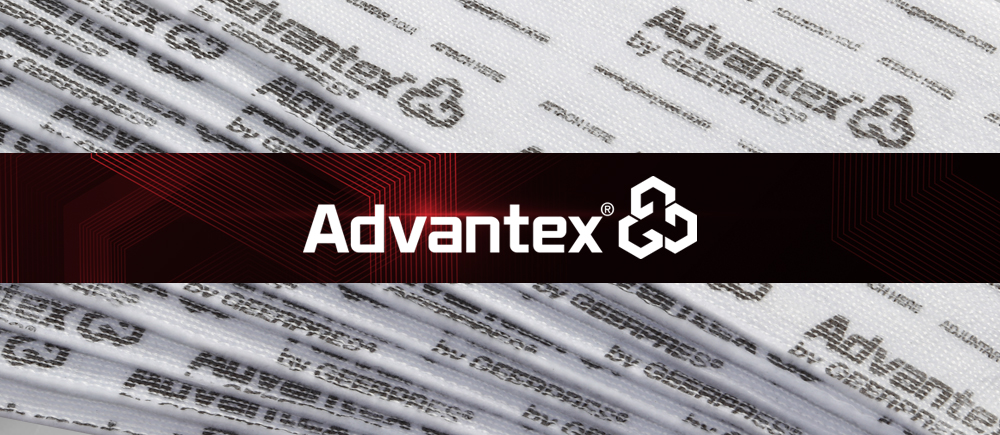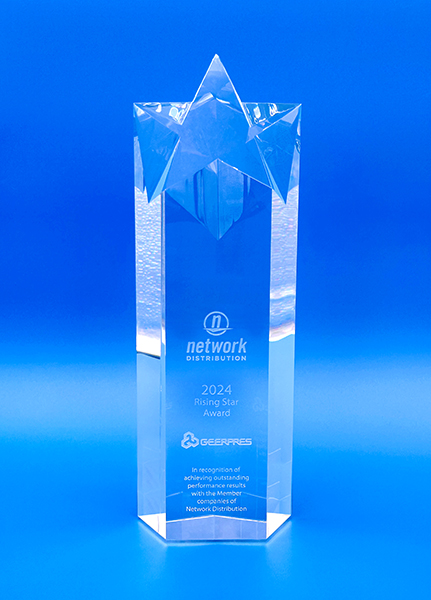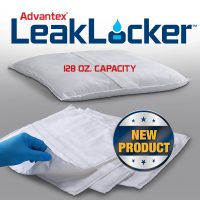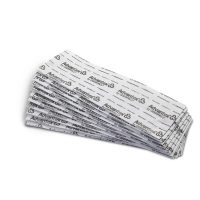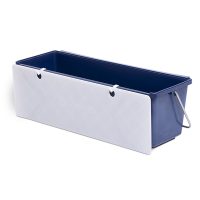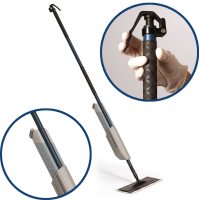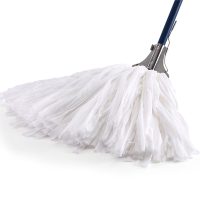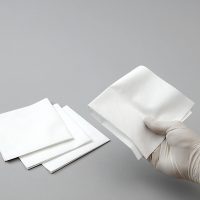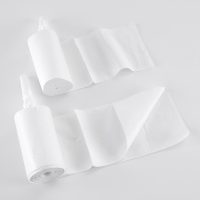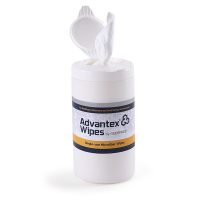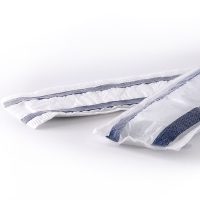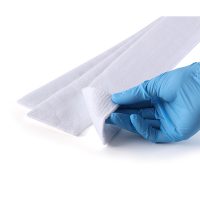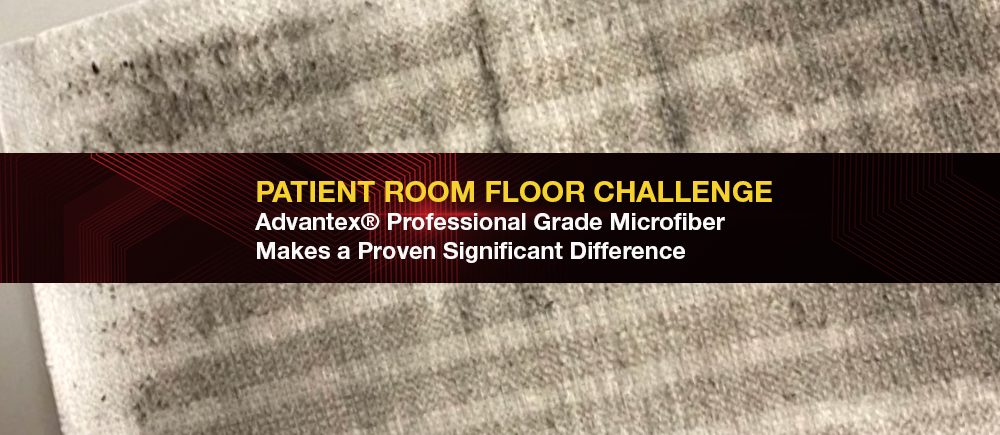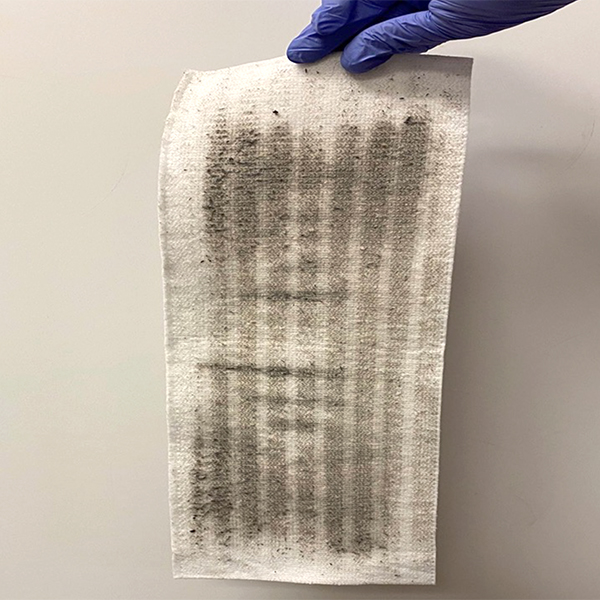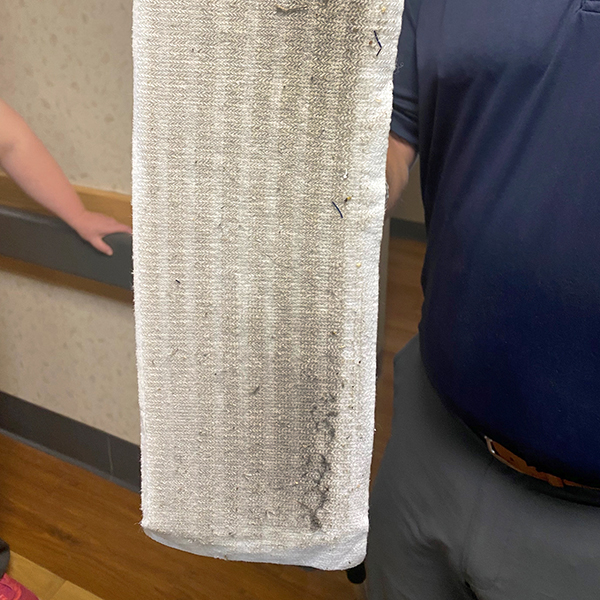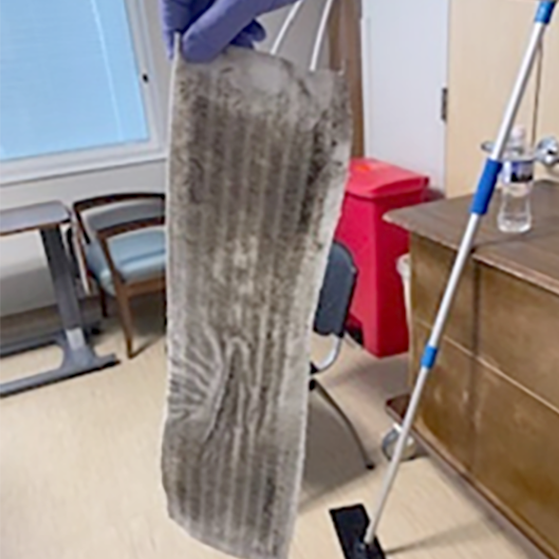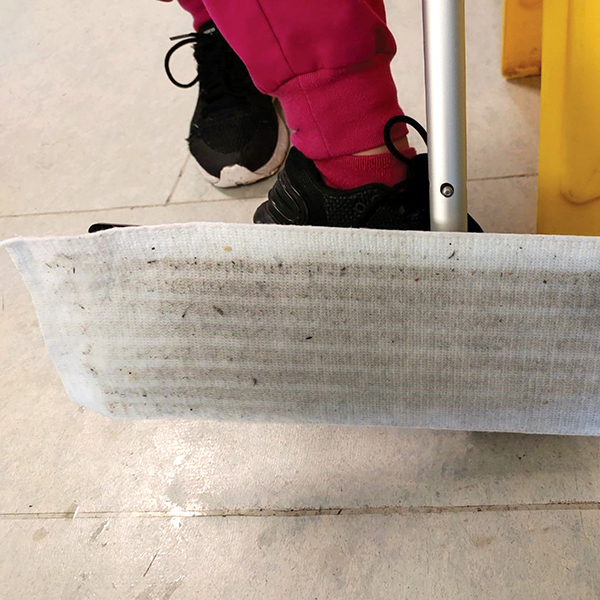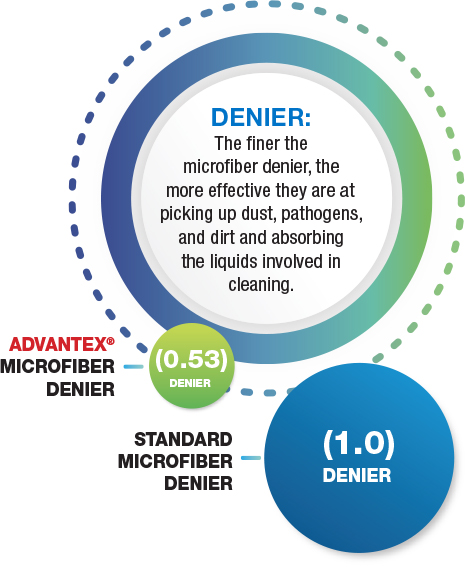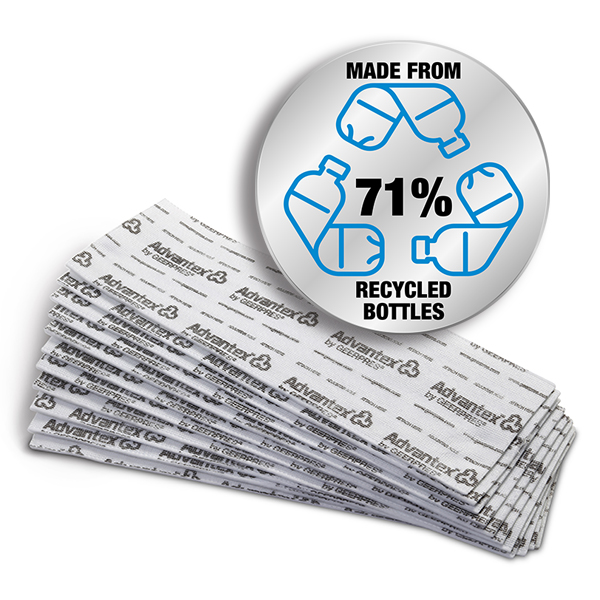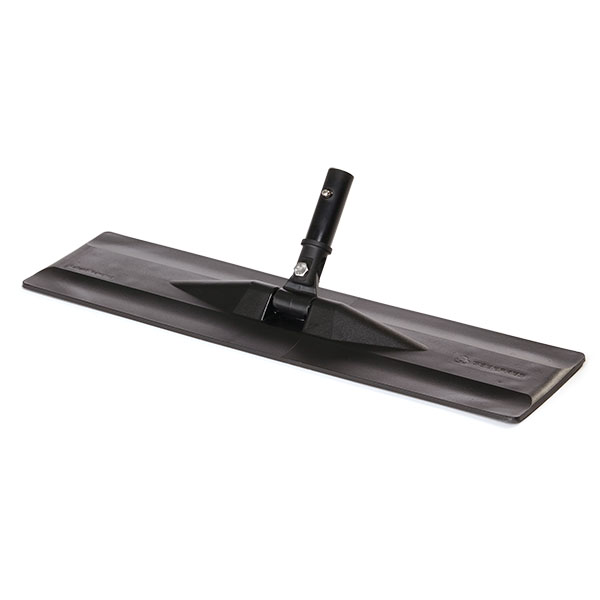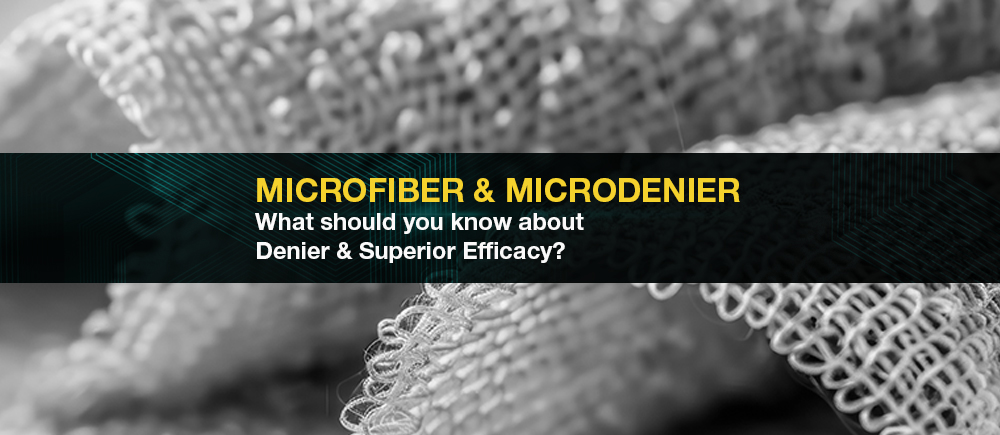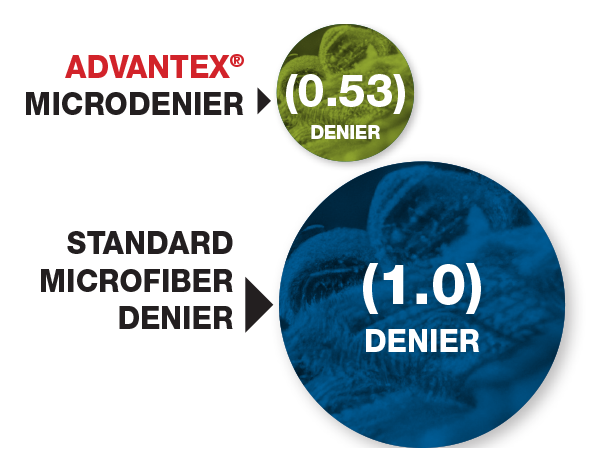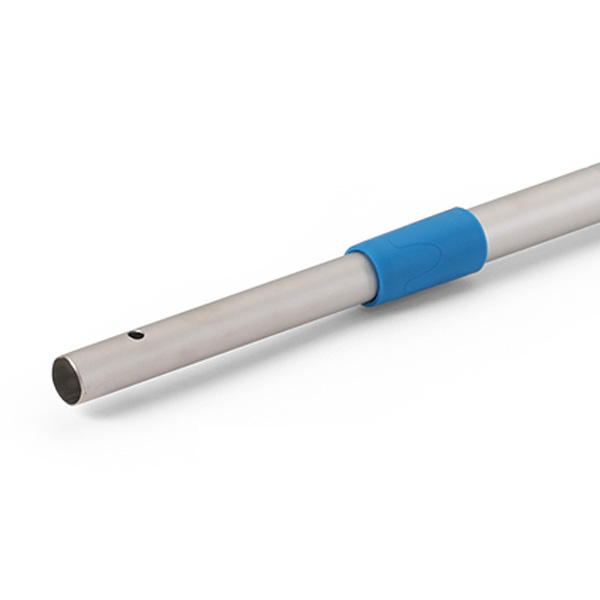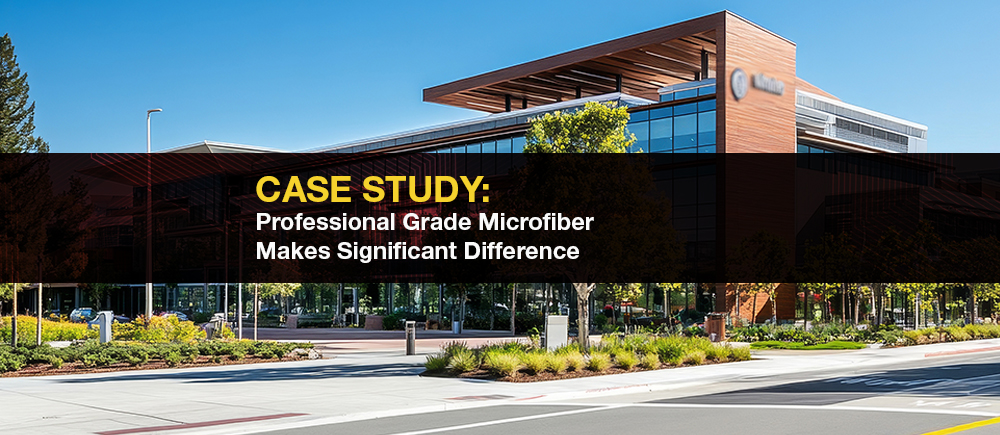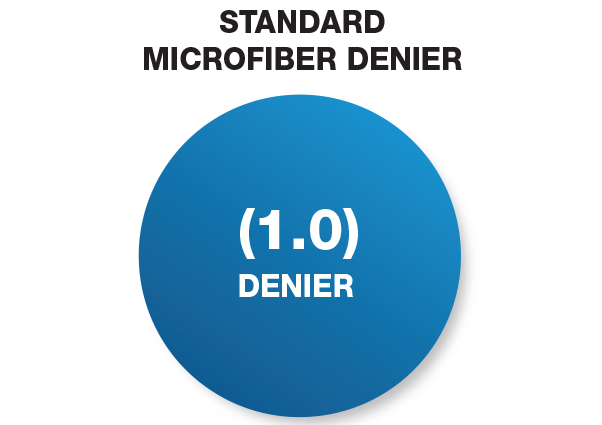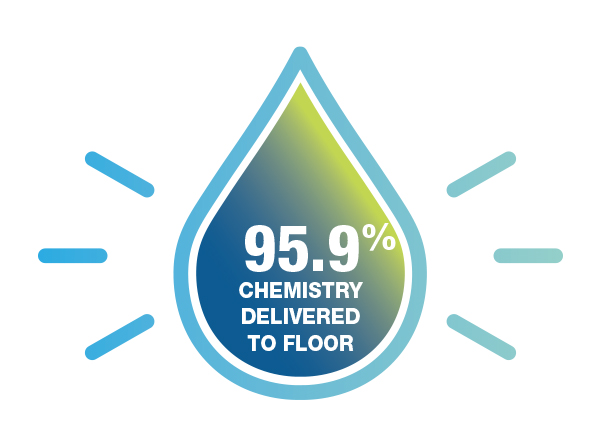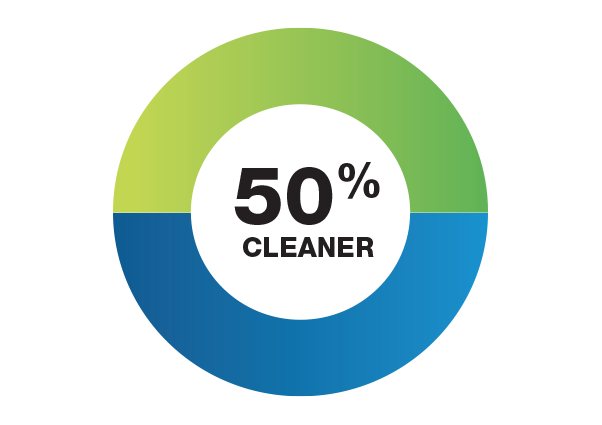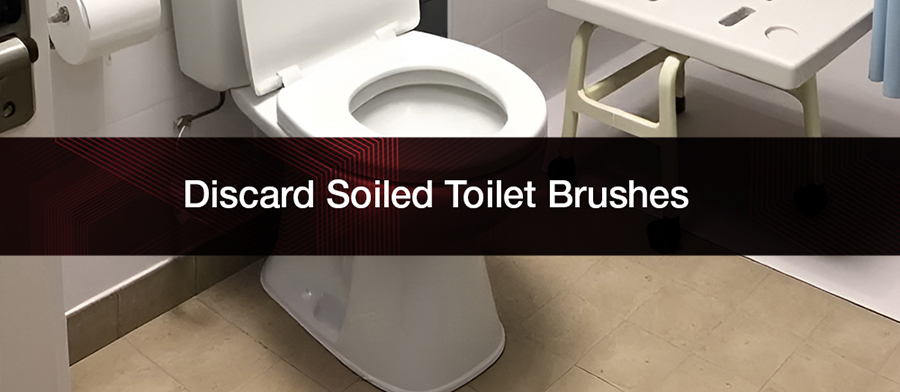
Advantex® Loo-Mop Ideal for Isolation and Terminal Cleaning
The Gross Challenge
Storing used, wet toilet brushes in brush caddies (drip cups) on cleaning carts poses several concerns from a hygiene and efficiency standpoint:
- Bacteria growth and odors: Wet brushes create a breeding ground for bacteria and unpleasant odors.
- Cross-contamination: Storing brushes on cleaning carts alongside other tools and supplies increases the risk of transferring germs to other areas and equipment.
- Reuse transfer: Dirty toilet brushes can harbor harmful microorganisms and bacteria. If not discarded after use, they risk spreading contamination to other patient areas.
The Only Sustainable Solution
Advantex® Loo-Mop
Integrating our Advantex® Loo-Mop into your cleaning protocol elevates hygiene standards, minimizes the risk of germ transmission, and streamlines the cleaning process for greater efficiency.
Designed to align with your sustainability initiatives, the Loo-Mop features 100% biodegradable materials, including a naturally antimicrobial1 bamboo handle. Its patented design delivers the durability of a multi-use tool while preserving the hygiene benefits of a single-use solution.
- Improve EVS cart cleanliness, eliminating toilet brush buckets, drips and spills
- Biodegradable multi-layered, 4″ diameter mop heads made of durable cellulose fibers
- Avoid the risk of disposable pads clogging toilets and drains
- 14″ long overall and 1.5 oz. each with a slightly curved handle to reach crevices

